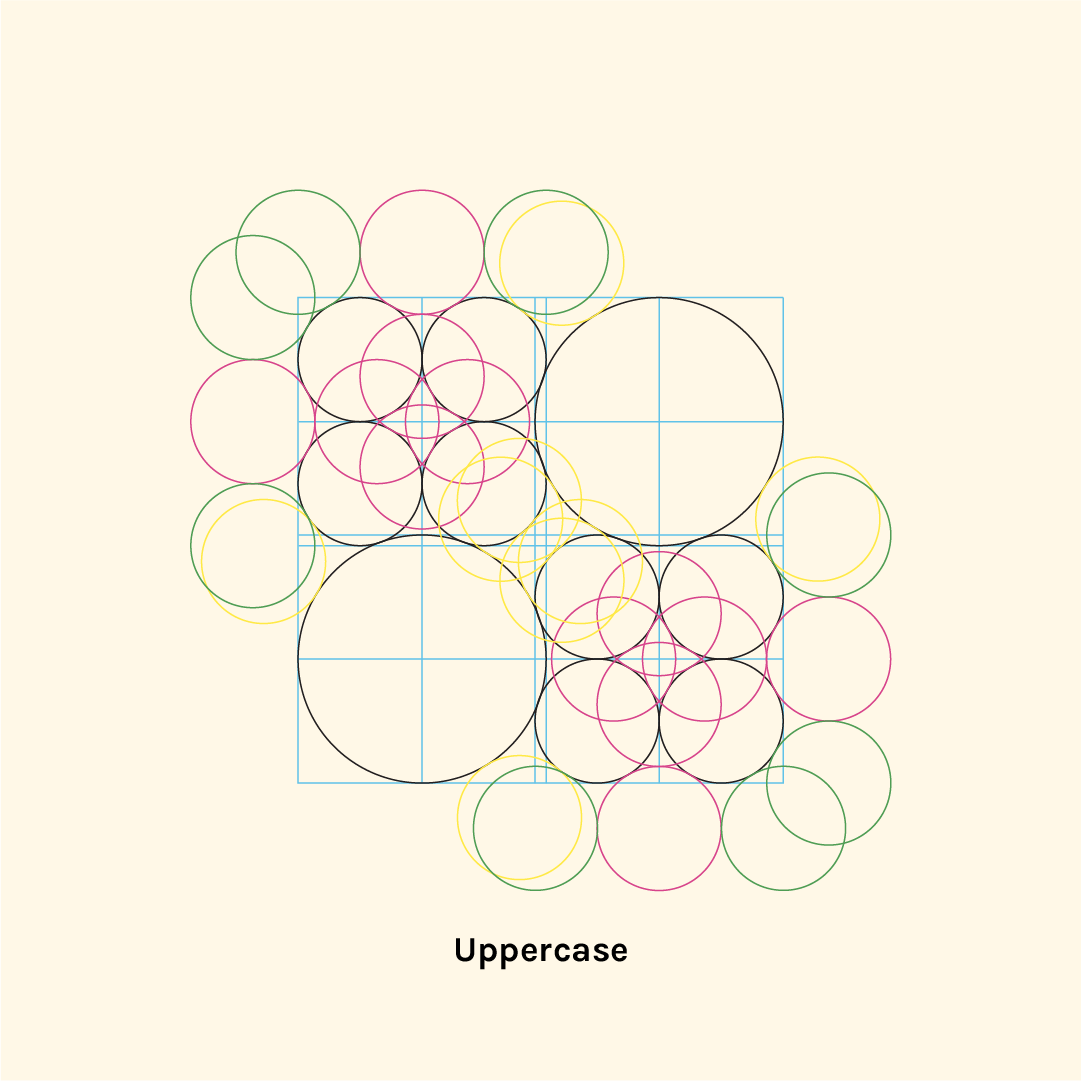
University of Porto Media Innovation Labs
Media Innovation Labs (MIL) is the University of Porto’s interdisciplinary competence centre with the mission to consolidate and develop the University’s capacity in education, research, and innovation, around media, while facilitating collaboration between existing University structures and external partners. It is organized in units, called laboratories, which focus on specific themes, combining skills, resources, frameworks and multidisciplinary projects. MIL works as an aggregator for Media, Science, Innovation and Research in a context where it dynamically reinvents itself.
The brief challenged us to design a flexible and open visual identity system, as a static and logo-centered approach didn’t meet the needs for such a complex, heterogeneous and dynamic structure that lies at the heart of MIL’s activity.
Client: University of Porto
Link: mil.up.pt

Concept
During the process the client shared this excerpt from former MIT Media Lab director Joi Ito which helped us connect the dots and understand their vision:
“The kind of scholars we are looking for at the Media Lab are people who don’t fit in any existing discipline either because they are between–or simply beyond–disciplines. I often say that if you can do what you want to do in any other lab or department, you should go do it there. Only come to the Media Lab if there is nowhere else where you could do what you want to do. We are the home of the misfits-the antidisciplinarians.
When I think about the “space” that we’ve created, I like to think about a huge piece of paper that represents “all science.” The disciplines are little black dots on this paper. The massive amounts of white space between the dots represent antidisciplinary space.” Joi Ito, 2014
Through an analogy and a visualization of the “antidisciplinary space” we defined the Media Innovation Labs (MIL) as the whole, as “all science” and thus the universe.
Inscribed, at a different level of magnification, are the galaxies representing the labs. These are composed by the combination of different disciplines, constellations. The smallest parts, the planets, represent the scholars.
MIL > Universe
Labs > Galaxies
Disciplines > Constellations
Scholars > Planet
These will be the building blocks for the identity.

Graphical Identity System
Early in the research phase for the identity system of the Media Innovation Labs we came across a paper “A Pixel Is Not A Little Square” by Alvy Ray Smith. Smith, pioneer in computer graphics and co-founder of Pixar, describes the physical structure of a pixel and the misconception of it’s representation as a little square. Analysing the structure of any digital image, its building elements are pixels, minimal units, which by themselves are points. Each of these points contain three samples, red, green and blue (RGB). In imaging computation applied filters, such as Gaussian or windowed sinc render the sampling points resulting in graphic representations of digital images. These are based on mathematical formulas, a kind of grid that reveals the pixel not as a square, but as circles, points and curved shapes.
Inspired by the pixel representation we used circular shapes and created as a base a four-by-four grid.
We further refined the grid and began to design the expansion of an alphabet in a global system with distinct visual representations for lower and uppercase letters. This graphical system merges the previous concepts of the dot, the line and the connections for the construction of the letters.
The graphical conclusion for the visualisation of Media and Science in the universe of MIL is a flexible and open identity system. It’s graphical elements are interrelated glyphs which describe a complex and heterogeneous structure. The individual elements meld together when in close proximity to create a single contiguous object, a letter. These characters are the base of the alphabet and their combination allows a diverse communication and expression. This complete set of meaningful units is a tool that enables MIL to communicate their activities and vision and formats a cohesive, strong and original identity for MIL and it’s laboratories.
The Media Innovation Labs acquires the ability to expand and respond, graphically, to new explorations and manifestations to come.








Liquid Identity
Editorial and Graphical Applications



